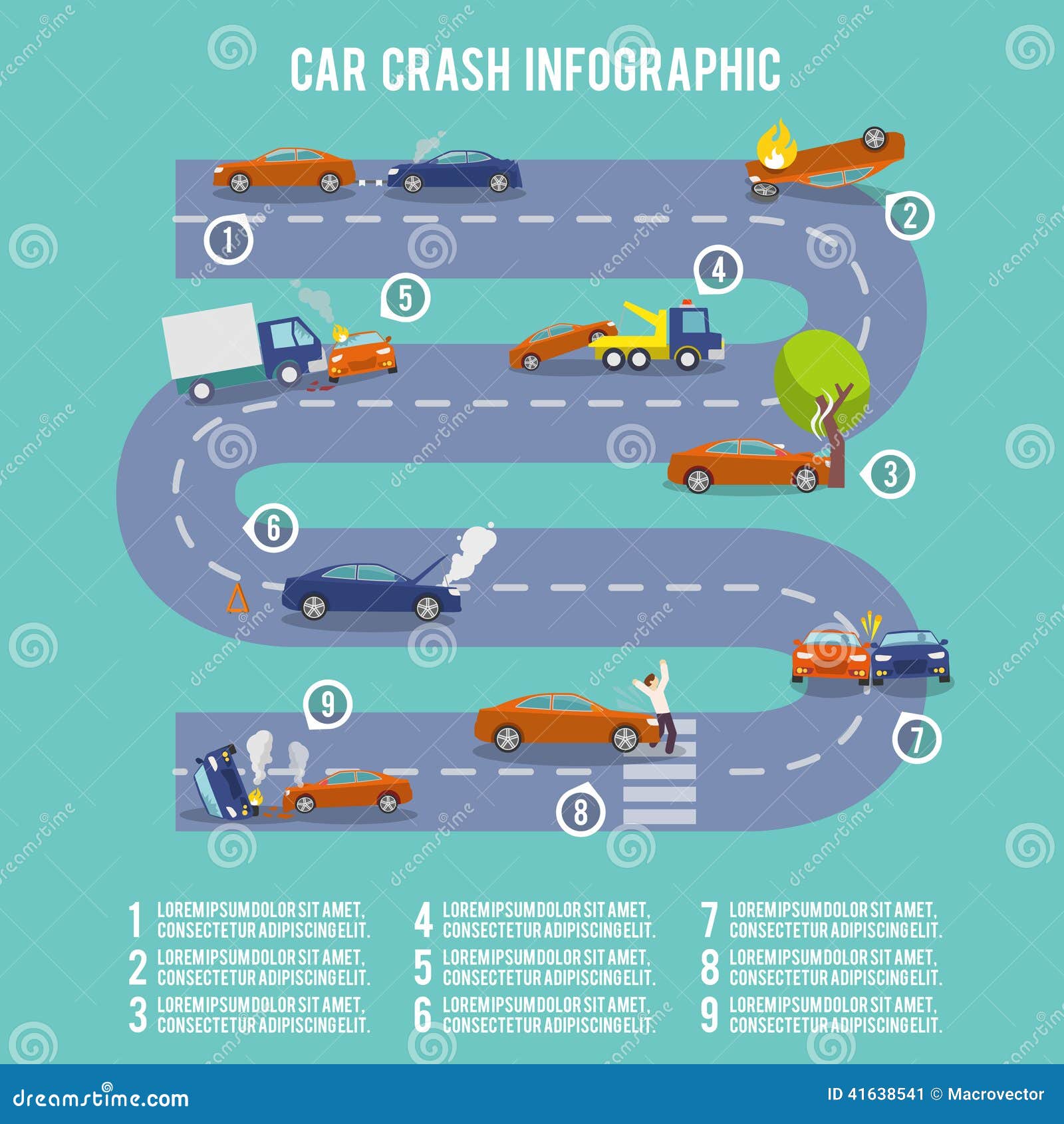When you're behind the wheel, those radiant warning lights on your dashboard can be a little bit bewildering. Do you know what they're trying to inform you regarding your vehicle's health? Understanding the relevance of these lights is vital for your security and the long life of your lorry. So, the next time one of those lights pops up, would not you wish to understand its message properly and take the needed actions to resolve it?
Common Caution Lights and Interpretations
Determine usual warning lights in your auto and understand their significances to make certain safe driving.
https://eduardoqlfav.bloginder.com/30889970/the-result-of-auto-outlining-on-resale-worth-findings-from-numerous-research-studies include the check engine light, which indicates problems with the engine or exhausts system. If this light comes on, it's critical to have your lorry examined quickly.
The oil stress warning light shows low oil pressure, calling for prompt interest to stop engine damage.
A flashing battery light may suggest a damaged charging system, possibly leaving you stranded if not dealt with.
The tire pressure surveillance system (TPMS) light signals you to low tire pressure, affecting lorry security and fuel efficiency. Disregarding this might result in unsafe driving problems.
The ABS light shows a problem with the anti-lock stopping system, endangering your capacity to stop swiftly in emergencies.
Last but not least, the coolant temperature alerting light warns of engine overheating, which can lead to serious damage otherwise dealt with promptly.
Comprehending these common warning lights will help you resolve concerns immediately and preserve risk-free driving conditions.
Importance of Prompt Interest
Comprehending the typical warning lights in your automobile is just the very first step; the importance of quickly attending to these cautions can't be stressed sufficient to guarantee your safety and security on the road.
When a caution light illuminates on your dashboard, it's your automobile's method of communicating a prospective concern that requires attention. Ignoring these warnings can bring about a lot more severe problems in the future, jeopardizing your security and possibly costing you more out of commission.
car groomers auckland to warning lights can prevent breakdowns and crashes. For example, a flashing check engine light can indicate a misfire that, if left unattended, could create damage to the catalytic converter. Resolving this immediately can save you from a costly repair service.
In a similar way, a brake system alerting light could signal reduced brake liquid or used brake pads, crucial components for your safety and security when driving.
Do It Yourself Troubleshooting Tips
If you see a warning light on your dashboard, there are a few do it yourself troubleshooting ideas you can try before looking for expert aid.
mobile car valet auckland is to consult your auto's manual to comprehend what the certain caution light suggests. In some cases the concern can be as easy as a loosened gas cap setting off the check engine light. Tightening the gas cap may solve the issue.
One more common concern is a low battery, which can activate different cautioning lights. Inspecting the battery links for corrosion and ensuring they're secure might repair the problem.
If a caution light lingers, you can try resetting it by separating the auto's battery for a couple of mins and after that reconnecting it. In addition, checking your vehicle's liquid degrees, such as oil, coolant, and brake liquid, can help repair advising lights connected to these systems.
Conclusion
Finally, recognizing your automobile's caution lights is crucial for keeping your car running efficiently and safely. By promptly resolving these informs and understanding what they indicate, you can avoid expensive repair services and possible breakdowns.
Remember to consult your car's manual for particular information on each advising light and act appropriately to make sure a trouble-free driving experience.
Keep educated, remain secure on the road!
